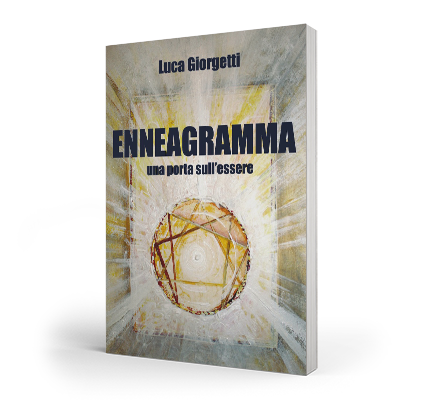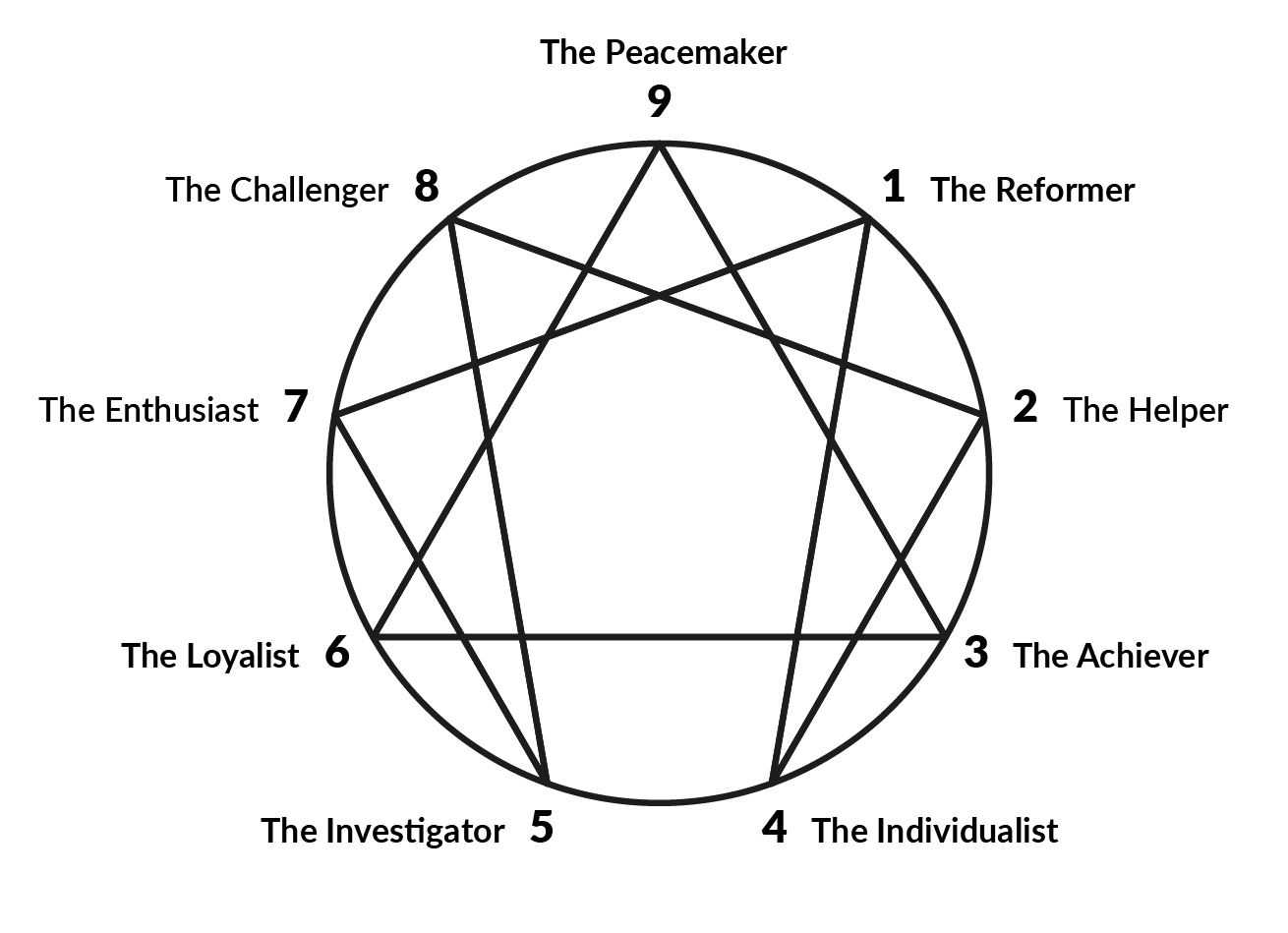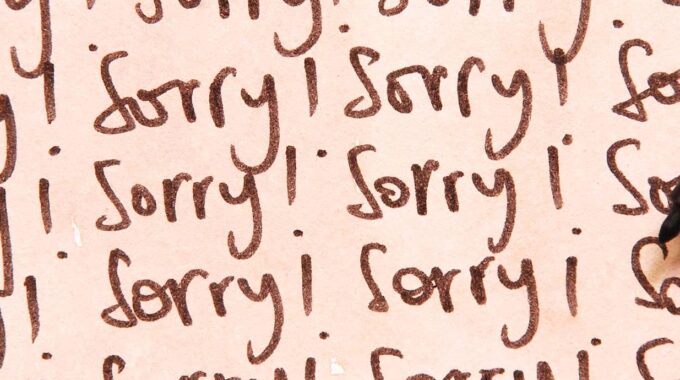Reading time: 4 min
 Differently from the past, nowadays we have the possibility of “wearing” a job that fits perfectly with our true nature. For this reason one of my objectives is to bring the enneagram into businesses. I used the expression “wearing a job” because we must never forget that we are human beings and that our jobs represent a way to express ourselves. Express what, how and why? I mean, how can I succeed in my job? We can’t answer these questions if we don’t get to know ourselves better.
Differently from the past, nowadays we have the possibility of “wearing” a job that fits perfectly with our true nature. For this reason one of my objectives is to bring the enneagram into businesses. I used the expression “wearing a job” because we must never forget that we are human beings and that our jobs represent a way to express ourselves. Express what, how and why? I mean, how can I succeed in my job? We can’t answer these questions if we don’t get to know ourselves better.
The enneagram is a powerful tool that gives people the opportunity to understand themselves without any judgement and without having to go through a variety of introspective analysis.
The enneagram is designed to make our lives easier, not more complicated.
Now let’s see what it is.
The nine Enneagram Types
The enneagram, from the Greek words ennea (nine) and gramma (something ‘written’ or ‘drawn’), is a complex geometric shape. It is composed of a circle, a triangle and a six-pointed figure called a hexad, with a total of nine points on the circumference. The symbol was introduced into Europe at the beginning of the 20th century by the Armenian spiritual teacher G. I. Gurdjieff, but its real origins are shrouded in mystery. The first modern use of the Enneagram is attributed to the Bolivian Oscar Ichazo in the second half of the 20th century: each of the nine points corresponds to one of the nine personalities (or Enneagram Types) identified within this system. We can interpret this figure as a map that can show us where we are and where other people are.

What sets the enneagram apart from other systems is that it isn’t just a behavioural assessment tool; its focus is on the motivations of each personality type offering insight into ourselves and those around us. Of course enneagram experts can easily recognize the Enneagram Type of other people: however, this doesn’t just provide approximate information linked to the form, in fact it explores in depth into the experience of each individual.

Photo Erik Mclean on Unsplash
Some examples of using the enneagram
When I recognize Enneagram Type Fours I know very well that I shouldn’t easily ignore them. Instead, it’s important to show interest in what they are saying because my lack of interest might uncover the abandonment wound they have experienced which is so important for them. And what’s more, their prolixity is certainly not due to their vanity, but rather to their fear of not being understood! That’s how it is: after all, Fours’ ideas always stand out in terms of originality. Fives’ silences must not be confused with lack of interest: they’re probably just pondering before giving the smartest answer possible, because they fear emotional involvement. And what shall we do if during a meeting we see a Seven being impatient when everything is going slowly because a Six wants to go through every single specific detail? Sevens hate being stuck in circumstances, they give their best in the excitement of new situations and lose vitality when they have to talk about the little things. Sixes instead need exact guidelines within which to work, they want individual responsibilities to be well defined because they fear recrimination.
What about those Eights who don’t want to be overpowered and therefore use a stern voice? They get straight to the point without beating about the bush. It is the gist they want, the heart of the matter. This will certainly upset a Three, for whom form is anything but a detail. The same goes for Twos, who can spontaneously recognize other people’s needs more than their own, and for Nines who kill themselves with work just to avoid any kind of conflict. Not like Ones, who want to master their own agenda: things must be done well or not done at all!
Do you recognize scenes like these?
Every day we experience the enneagram in business, even if we call it another name.
Photo Adobe Stock
Glasses suitable for reality
The enneagram in business has different applications, among which we can highlight:
- It allows real dialogue between the parties. Dialogue is often difficult to achieve: if I know little about myself and you know little about yourself, how are we supposed to know each other?
- It allows to put the right person at the right place. Why should I force someone to do something they don’t like? I would not only damage the role performed, but also the position they should have covered, which would have been more suitable!
- It speeds things up, eliminating all the useless chatter and accelerating agreements.
- It turns self-knowledge into an opportunity for growth, not only for the team but also for the individuals, who can apply their personal evolution within the working context.

This is just a taste of the potentialities of the enneagram.
– – –
This tool doesn’t just define the status quo, but it also provides effective solutions to stagnant, repetitive and stressful situations which cause unnecessary waste of energy.
– – –
If at this point you want to find out which Enneagram Type you are, download the test you can find here!
| partem claram semper aspice |
The photos used - where not owned by the editorial team or our guests - are purchased on Adobe Stock and IStockPhoto or downloaded from platforms such as UnSplash or Pexels.
Did you like this post and want to learn more about the topics?
Passodue research on issues related to sales, marketing, ethics and the centrality of human beings within the market logic, officially started in 2012. The results derived from our work are described in the publications and in the books you can find in this section.






Comments (0)